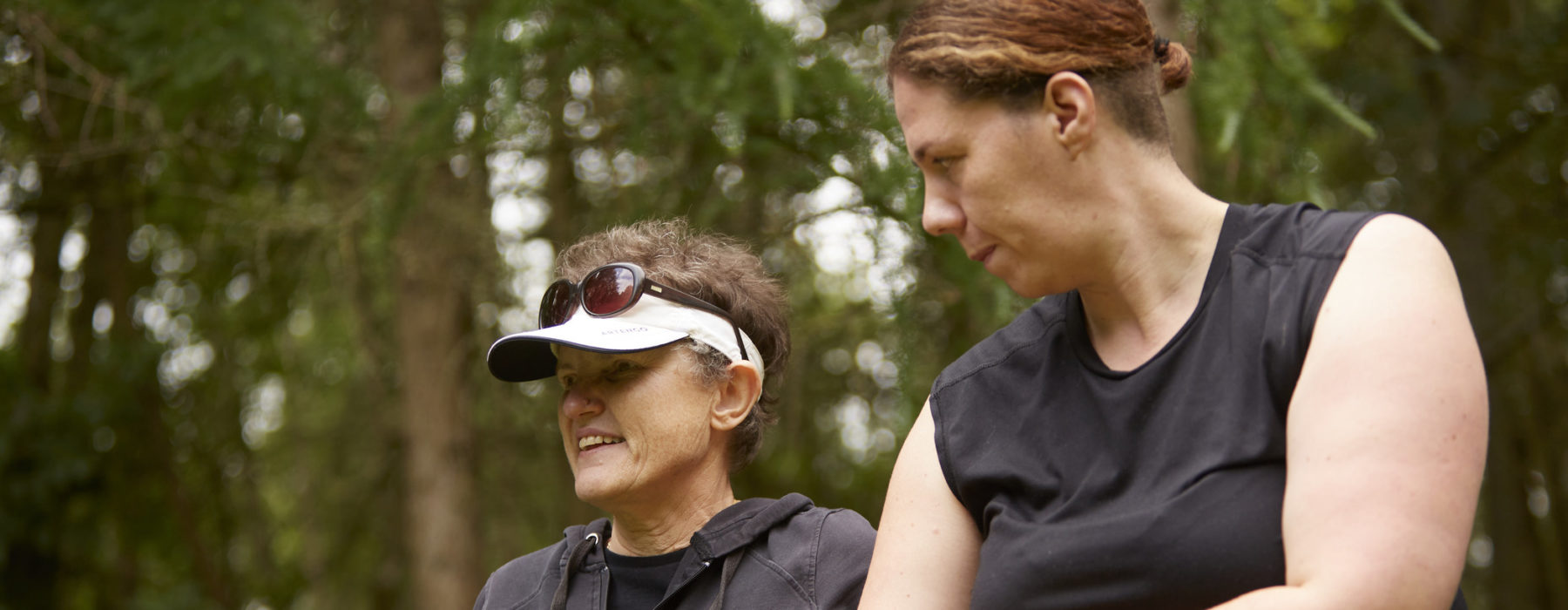How to lead an accessible sensory walk
What are sensory walks?
Get in touch
We’d love to hear what you think of this resource.
- Have you adapted it in any way to meet the needs of the people you support?
- Have you come up with any new activities and sensory highlights?
- Maybe some of the participants you work with have seen improvements in their health, skills or confidence levels too? We’d love to hear your stories. Please let us know by emailing [email protected] and we’ll be in touch to find out more. You can also stay connected through Twitter by tagging @Sensecharity and including #SenseActive
Sensory walks help individuals to engage with nature, so that they can use their senses to connect with their surroundings, have meaningful experiences and be active. The walks are designed for people with complex disabilities but can be enjoyed by anyone. You don’t need to take much, or any, equipment.
A sensory walk doesn’t have to be long or to a specific destination – it could just be walking to the shops or around your local park. You can go on foot, in a wheelchair or using a walker – the walks are inclusive for all.
Walking is a popular activity that you can do alone or in a group. It enables people to get outside, be active and connect with nature. There are many benefits, including:
- Improved social connections.
- Reduced anxiety and stress.
- Improved self-esteem.
- Improved mood and sleep quality.
Who is this resource for?
Walk leaders
This resource offers ideas for walk leaders on how to add sensory activities to make their walks more accessible.
Support workers, carers, friends and family
If you are not experienced in leading walks this resource will help you to plan walks, add sensory activities and make sure they are safe. For anyone taking out larger groups, we would recommend attending walk leader training. If you search online for ‘walk leader training’ there are a number of options.
Planning a walk
Accessibility
When planning a sensory walk, it is important to consider how you will make it accessible to all of the individuals you are supporting. You will know how to best support the people in your group and how to adapt activities to meet their needs.
Before you lead the walk you should familiarise yourself with the route in order to:
- Check that paths are safe and wide enough for wheelchairs.
- Make sure that paths are level and unobstructed, avoiding steep hills.
- Think about how you will get to the starting point and back home again.
A map stick is a useful tool to explain to someone with complex disabilities how far has been travelled on the walk. The stick should have different tactile markers on it, including at the beginning and the end, which the individual can feel to help them to understand where they are on the walk. You can easily create your own stick before going on the walk.
Involving everyone in the planning
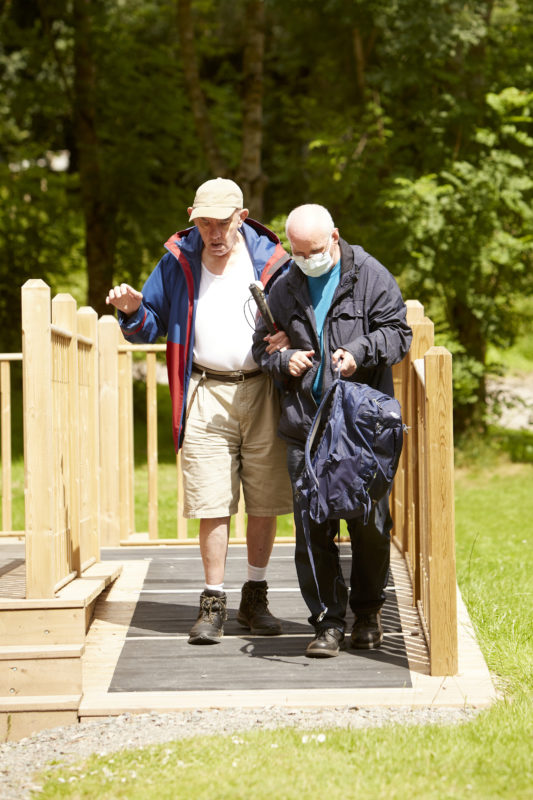
Involving everyone in planning the walk can greatly add to the experience of the walkers – supporting them to make choices and enjoy a sense of achievement.
Having a visual representation of the route, such as a map with pictures, can help participants to know what to expect before the walk. You may be able to offer different routes for them to choose from, or help plan a new one.
Ask the participants what senses they would like to explore on the walk and plan these sensory activities together.
Using a map
There are many maps, apps and online resources available to help you plan a route. Always ensure you have checked a route before going with people you support in case of any route closures or new hazards.
You may want to create a ‘route card’ by printing a map and circling the places you intend to stop at.
It’s a good idea to share your route with someone at home in case of an emergency.
Length and time
Think about how long it will take to walk the route. The average walking speed is three miles per hour, but the people you support may walk more slowly, get tired more easily and need breaks.
Plan a route based on your knowledge of the participants, and plan in extra time for completing activities, looking at points of interest and making unexpected stops.
Choosing a route
Think about the best place to start your walk. If you are meeting other people, a free car park is often a good starting point. If you are planning a walk in an urban area, a train or bus station may be a good meeting point.
Your route can be more interesting if you plan to walk in a loop as you will have new experiences along the whole length of the walk.
Plan waypoints
Waypoints are pre-planned points along your route, which are good places to stop for a break, or to complete the mindfulness activities described in part two of this resource.
Include these waypoints on your map, map stick or route card when planning with the people you support. Involve them in making decisions where possible, to help decide when and where to stop, and which activities to do when they are there.
Make sure waypoints are planned at regular intervals to make sure that the participants do not become tired or lose interest. Think about how long you intend to stop at each waypoint when planning your route.
You may also wish to schedule waypoints for toilet and refreshment breaks. Ensure that you have checked that accessible facilities are available before setting off.
Check for hazards
The safety of your route is very important – and it is advised that you complete a risk assessment of the route you are planning to take. Contact your line manager or care provider for a risk assessment template.
There are a number of potential hazards you may want to consider in your risk assessment, including:
- Adverse weather conditions.
- Crossing busy roads and level crossings.
- Coastal dangers.
- Low light.
- Steep terrain.
Preparing to leave
Make sure you have necessary provisions before setting off, such as:
- Mobile phone and emergency contact numbers.
- Food and water.
- Appropriate clothing for the weather.
- Medications.
How to lead your walk
Now you have planned the walk route and thought about safety, follow these steps to ensure your walk is enjoyable from start to finish.
- Start with a welcome, ask how everyone is feeling and check everyone is ready to start the walk.
- Start the walk, mentioning any sensory highlights as you walk around, allowing people to explore sensations and begin to engage with the environment around them.
- Stop at scheduled waypoints along the way; trying mindfulness or creative activities which can help create a meaningful experience. You can find some ideas suggested in part two of this resource.
- Continue the walk, identifying more sensory highlights as you go.
- Finish the walk and encourage the participants to reflect on what they enjoyed most. If in a group, you may wish to end the walk in a café for a drink.
- Celebrate the achievement and look over any items you may have collected during the activities. You may wish to enhance the memory and encourage others to take part by sharing photos and videos of the day with friends, family and colleagues.
Making a walk sensory
What is mindfulness?
The NHS describes mindfulness as “knowing directly what is going on inside and outside ourselves, moment by moment.”
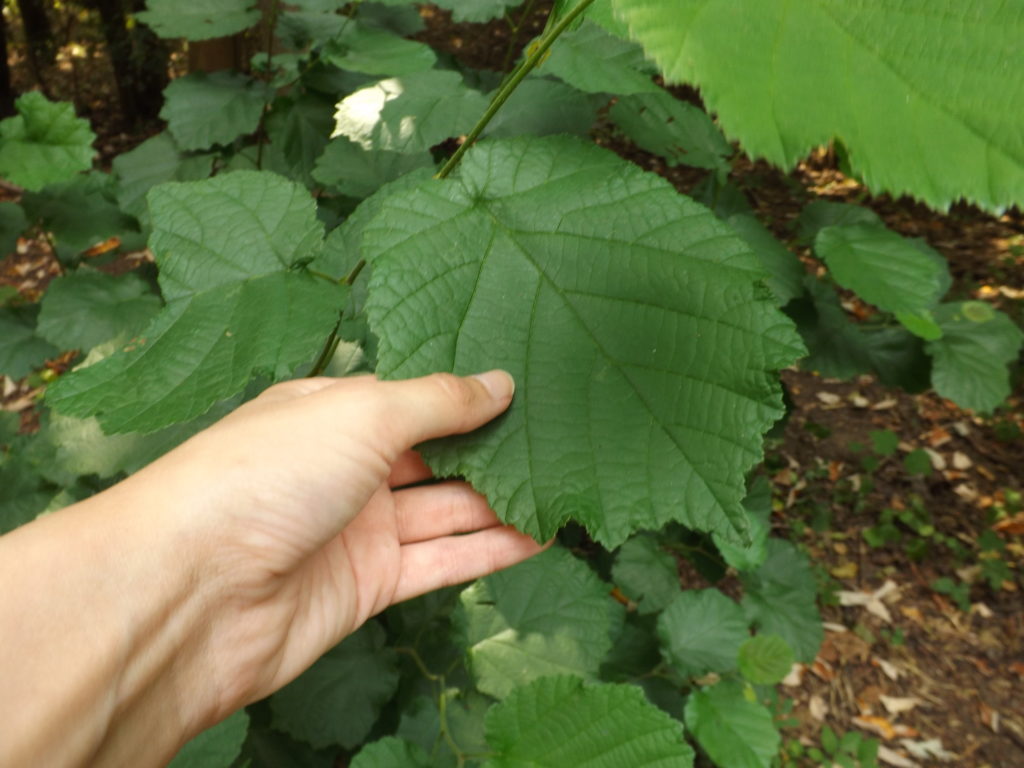
Mindfulness can help to reduce stress and improve overall wellbeing by allowing us to identify negative thoughts and feelings, and helping us deal with these better. Incorporating mindfulness into walks can help to reduce stress and allow participants to really notice the world and nature around them.
You should choose a quiet and settled place for the mindfulness activities. Ideally, it should be somewhere where people can sit down and/or be in a green space, as this can help the mind relax. Sometimes noises are unavoidable, but you can still be mindful by paying attention to these sounds.
Tips for using mindfulness
In order to use mindfulness with the people you support it is a good idea to understand how this works for you too:
- Consider how you are feeling. Is there any tension in the body? Can you notice any changes by the end of the walk? Try to just notice, without making any judgements.
- Stand or sit still for a moment. Focus on something far away, it might be a sound or an object, and gradually start to focus on sounds or objects closer to you. Eventually bring the focus into your body, noticing the breath, your emotions and any tension in the body.
- Take a moment to focus on one thing intently, taking the time to notice the detail and then describe it to the group. This could be the look or touch of an object or a particular sound.
- Start your walk slowly to help slow the mind and thoughts down. Encourage everyone to be present in the moment and aware of their body, noticing their balance, and the sensations in the feet or legs. For example, does the floor beneath feel soft, cold, hard or spiky, or do the legs feel tired, cold or warm?
- Try some different breathing exercises, such as inhaling deeply and slowly and noticing the smells around you, or holding your breath for a couple of seconds and then exhaling slowly.
Mindfulness may be tricky for someone with a complex disability to fully understand. When doing mindfulness with people with complex disabilities, you can make the activity more tactile and engaging by:
- Putting the participant’s hand on their stomach to feel the rise and fall of their breathing.
- Encouraging the participant to put their hand in front of their mouth or nose to focus on the feeling of the breath on their hand.
Engaging the senses through mindfulness
Touch
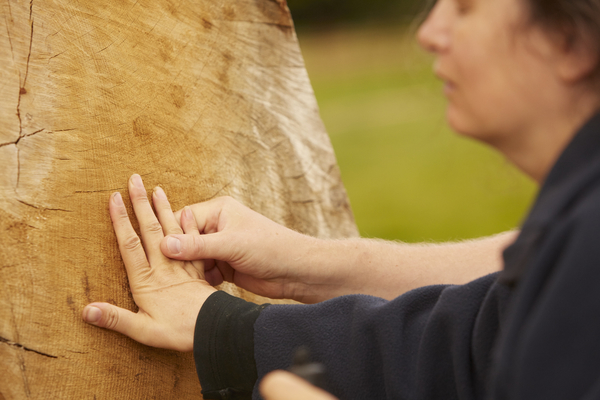
You can encourage people to:
- Find objects that they can hold or wrap their fingers around, such as a small stone, leaf or seed that can be picked up.
- Feel the heat of the sun or a cool breeze on their body.
- Notice the feel of different surfaces underneath their feet or wheelchair.
Smell
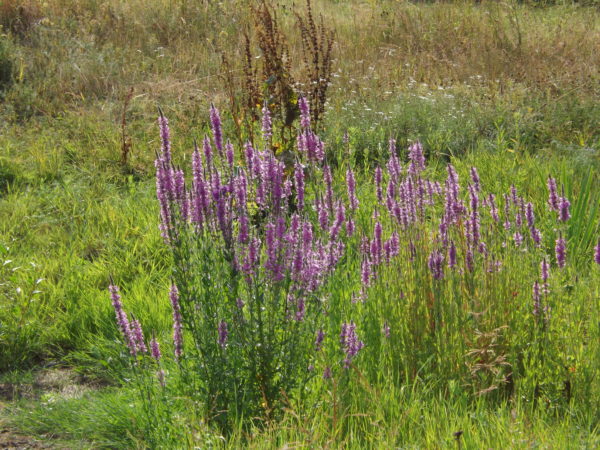
- Notice changes in smells as you walk through different environments, such as wooded areas, open spaces or water.
- Find wildflowers and describe how they each differ in smell.
Sound
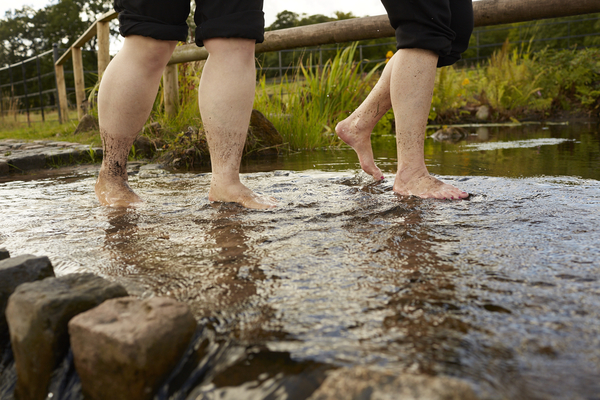
- Listen to the different sounds or voices on the walk.
- Focus on which direction specific sounds are coming from and how far away they are.
- Consider how each sound makes people feel.
Sight
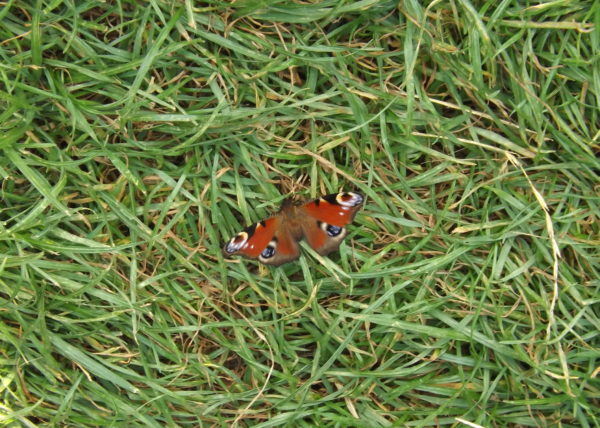
- Look for the different colours in the landscape and see how they change in the light and shade.
- Find an interesting object and focus on the texture and shape.
- Notice the movement of the plants, trees, animals and other people.
- Spend some time looking at the clouds.
Taste
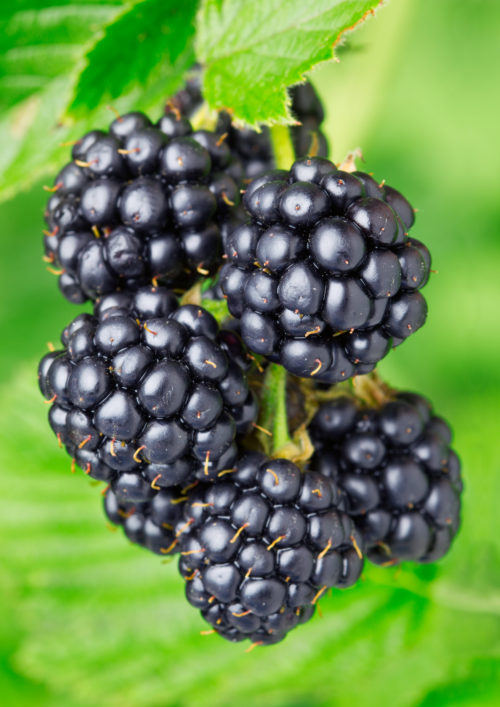
- If experimenting with taste, make sure that your hands, and the hands of the person you are supporting, have been wiped and cleaned before touching food, and make sure the food is edible before someone tries it.
- Try finding blackberries on a bush to eat.
- If you aren’t confident in identifying berries, you could take something along with you, such as raisins.
Activities
Sensory activities can be completed during or after the walk to engage the senses even further. There are a combination of short and longer activities; some will require you taking tools with you to take part.
Bark rubbings (sight, touch)
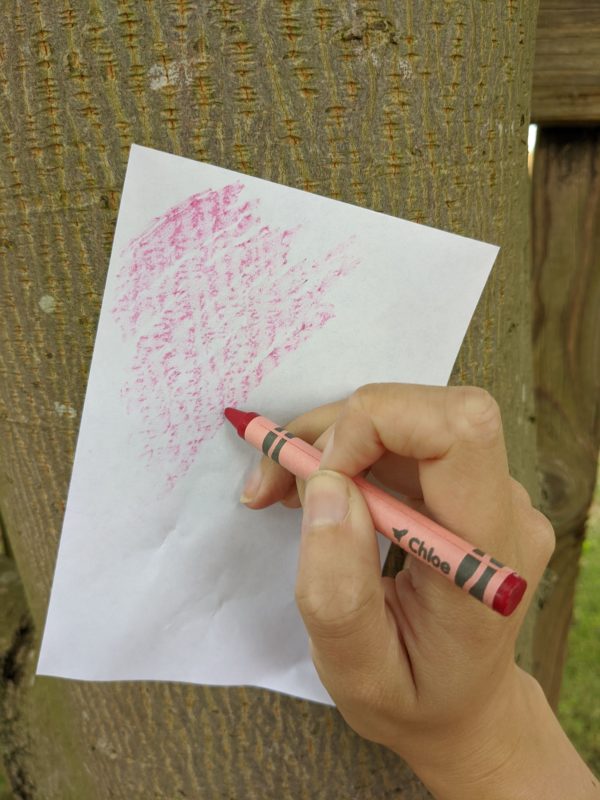
- Take a mixture of crayons, pastels, pencils or pens and some small sheets of paper.
- Put the paper onto the bark of the tree and colour over the top with the crayons, pastels, pencils or pens. You could try this on leaves or any other surface too.
- When someone has finished, you could support them to bind them together, or make a collage of their rubbings.
Nature mandalas (sight, touch, smell)
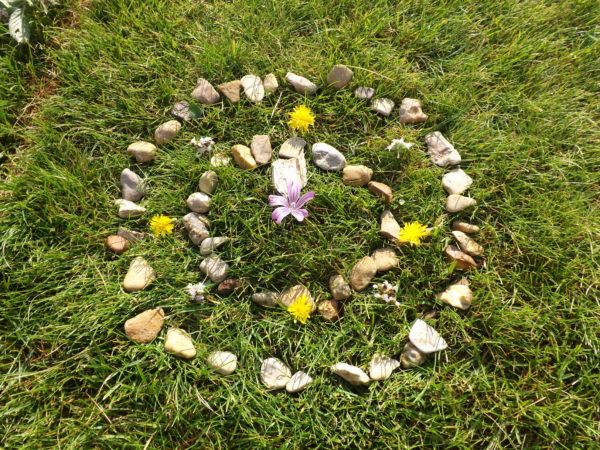
- Collect items of interest along the journey. This could be small stones, leaves or conkers on the ground.
- When someone has finished, or if they take a rest on the walk, you could support them to create their own patterns on the ground with the items they have collected.
Sensory nature hunt (sight, touch, smell, sound)
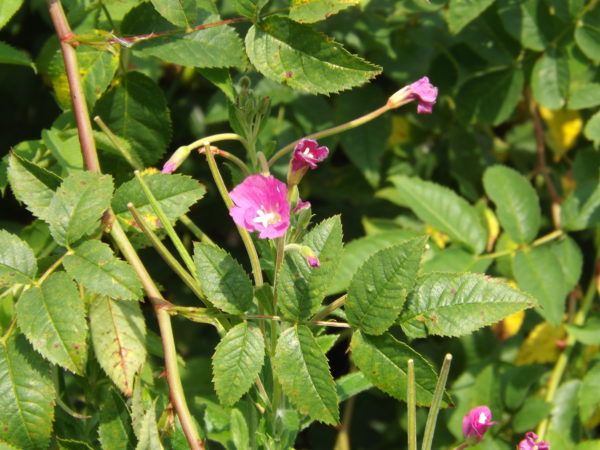
- Before you leave, create a list of things to look out for that engage different senses.
- As people notice them on your walk, they can tick them off their list.
- This may include different types of trees, the smell of flowers, bugs, birds singing or soft leaves.
Nature paintbrushes (sight, touch, smell)
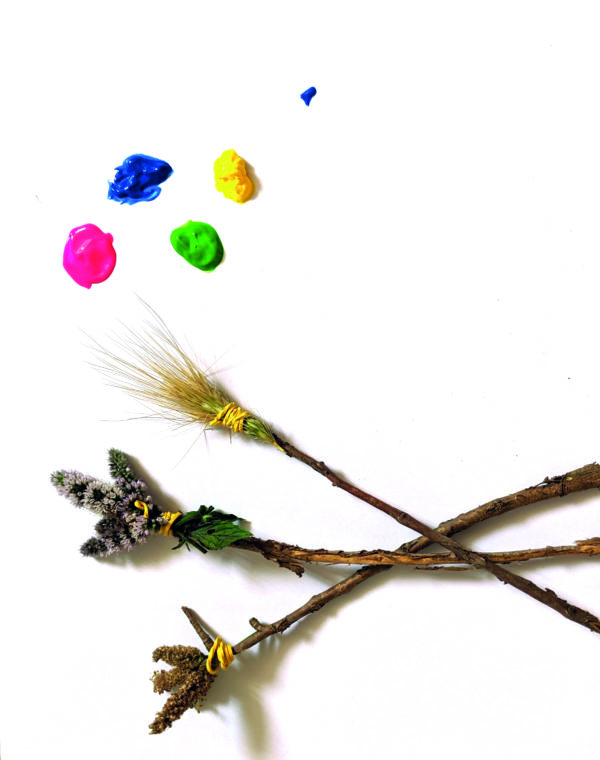
- All you will need to take with you are some elastic bands.
- Find a small stick to use as the paintbrush handle, and a material to act as a brush. This might be grass, flowers or leaves.
- Use the elastic band to keep these attached to the stick.
- When this is finished, try painting with the different types of paintbrushes created.
Journey stick (sight, touch, smell, sound)
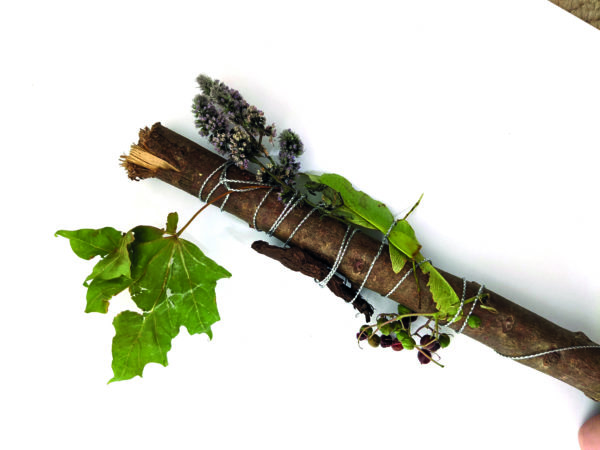
- You will need a stick and some string/tape for this activity.
- As they go along on their walk people can gather any items that have interested them.
- Wrap the string around an individual item and the stick to hold them together.
- By the end of the walk individuals will have a range of items to remind them of the walk.
- As the stick is moved around it may make different sounds.
Feeding the ducks (sight, touch, smell, sound)
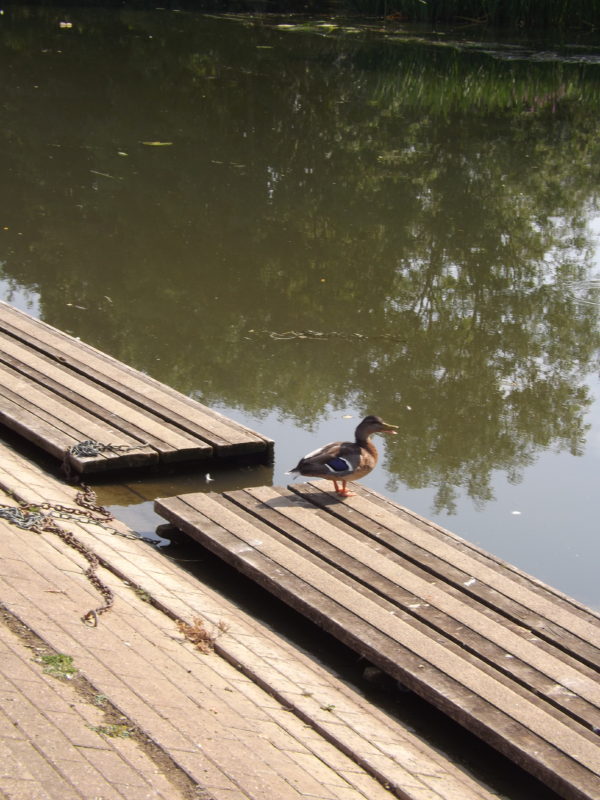
- Take some food with you so people can feed the ducks – for example, oats, seeds or bread.
- Notice the texture and smell of the food you feed the ducks.
- Listen to the sound of the ducks as they move closer.
Shakers (touch, sound)
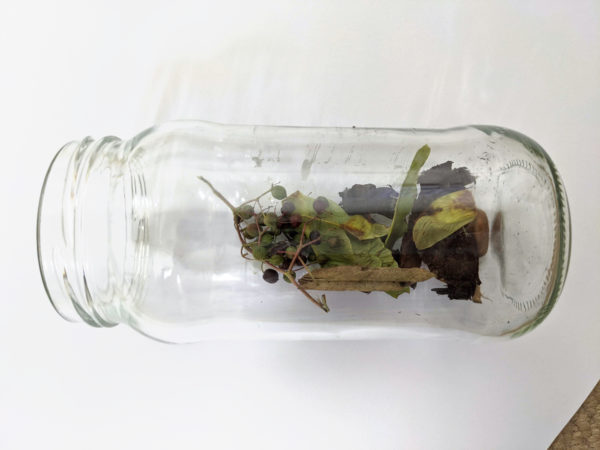
- Collect small items along the journey.
- When people return from the walk, they could find a jam jar or similar container to put the items in.
- Put a few items in to begin with and shake the container to make lots of noise. Gradually add more items and see how the sound changes.
- People can add to this container each time they go on a walk.
Get in touch
We’d love to hear what you think of this resource.
- Have you adapted it in any way to meet the needs of the people you support?
- Have you come up with any new activities and sensory highlights?
- Maybe some of the participants you work with have seen improvements in their health, skills or confidence levels too? We’d love to hear your stories. Please let us know by emailing [email protected] and we’ll be in touch to find out more. You can also stay connected through Twitter by tagging @Sensecharity and including #SenseActive
This resource was designed by Sense Active. Our thanks also to Sense Arts, Sue Mattocks and The Outdoor Guide.
This content was last reviewed in April 2022. We’ll review it again next year.

